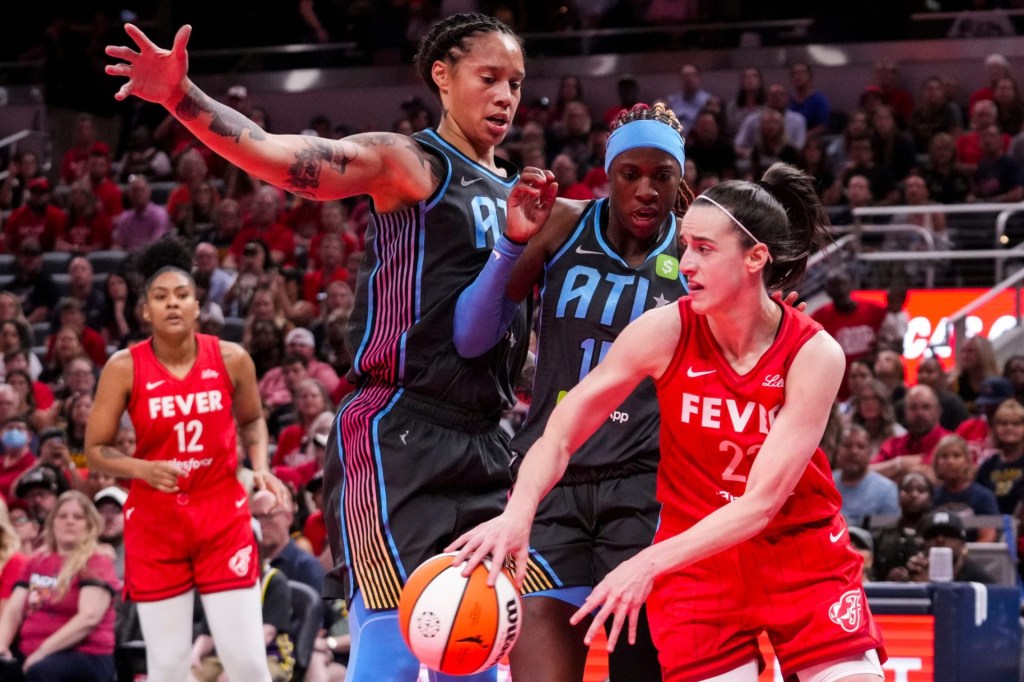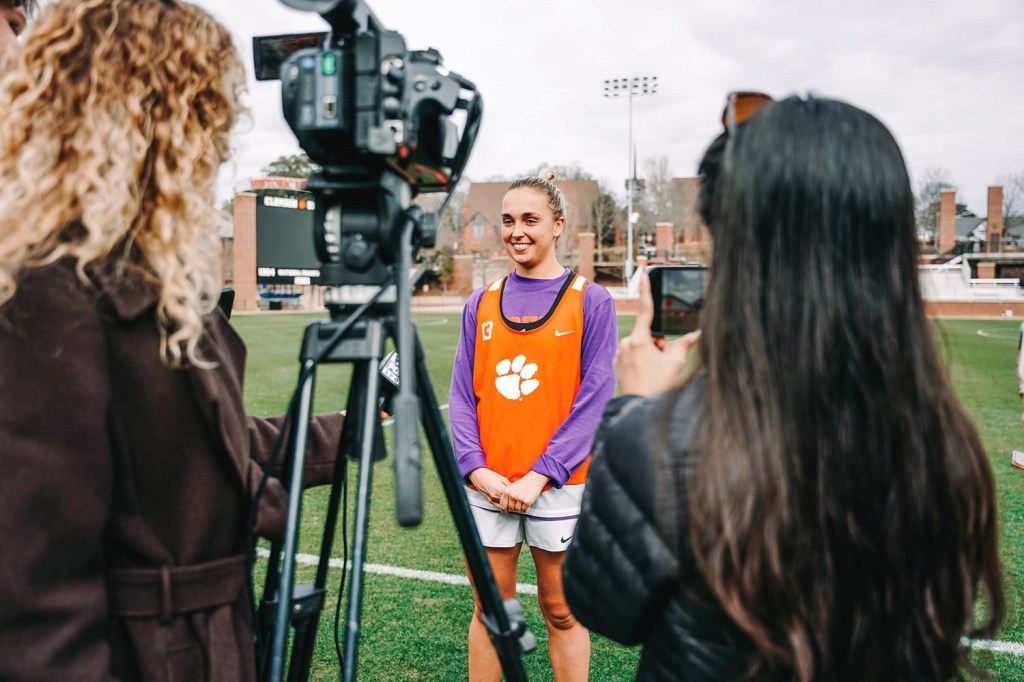
(Photo via Billy Casper Golf)
With competition in sports starting at such an early age, athletes are searching for any competitive edge. Today, many are turning to technology to get a leg up.
The market is filled with companies that monitor biometrics and deliver statistics on player performance. One company has made it their mission to go beyond monitoring and teach people exactly how to unlock their athletic potential. Meet K-MOTION and its instructor specific product, K-COACH.
The company believes that successful training is rooted in 3D measurement that pinpoints exactly what prevents athletic improvement. Armed with precise data, K-COACH’s software plans the drills and activities to remove roadblocks to improvement. However, the secret sauce lies in the company’s patented biofeedback training that uses audio and visual cues to guide players through every drill.
“Biofeedback allows us to identify weaknesses in how athletes move,” said Michael Chu, K-MOTION’s 30-year-old CEO. “Coupled with sensors, we can give players real-time sensory feedback to improve their motion.”
After continued success with golfers and their coaches, K-MOTION landed an exclusive partnership with the Golf Channel Academy.
“Our relationship with influential coaches allows us the unique opportunity to reach more of the players both onsite and remote… there is so much more to golf than just the basic biomechanics of just hitting a golf ball. Not only are the players improving faster, but coaches are seeing increased retention rates,” said Chu.
As players develop faster, coaches get to move beyond the basics.
“Our technology takes the drudgery of teaching biomechanics out. Coaches don’t want to be teaching the same basic posture over and over again, as it’s frustrating for the coach and the player to have to work on the same items every lesson,” said Chu. “Now, the coach programs the lesson once, and the player can repeat the lesson on the range or at home. The coach then gets to focus on the mental aspects, planning out 18 holes, shot selection, and more.”
With a product that was proven to work for golfers, the Seattle Mariners decided to give K-MOTION a try because of the similar biomechanics between golf and baseball.
“Whether you are swinging a golf club or a baseball bat, a lot of the biomechanics behind what you should be doing and patterns of incorrectness that lead to injury are the same,” mentioned Chu. “There’s a certain sequence common to rotary motion.”
As more major sports began to utilize K-MOTION, it caught the eye of Kirk Lacob, the Assistant General Manager of the Golden State Warriors.
“Seven to eight months ago, I was doing a golf demo for Kirk Lacob of the Golden State Warriors and it morphed into a basketball demo,” said Chu.
Lacob did have some ideas, but it was on the defensive side of the ball rather than shooting mechanics.
“If you are in a defensive posture, but your pose is ten degrees from where you ought to be, there is a good chance the offensive player will blow right by you,” added Chu. “When you are in the proper defensive stance you gain the leverage over the attacking player.”
During the conversation with Lacob, Chu began thinking of ways K-MOTION could help develop one of the most prolific offensive teams into one of the top defensive teams in the league.
“Kirk hoped that he could have five guys on the court running up and down in perfect posture,” said Chu.
Whether it is golf, baseball, or even basketball, it all comes down to one thing: muscle memory.
“The brain is really good at figuring out how to do something repeatedly, if you tell it precisely where it needs to be,” said Chu.
One thing is for sure, K-MOTION is only at the beginning of what it can become, and as the technology grows and is used in the development of athletes in multiple sports, the product has a bright future.

















